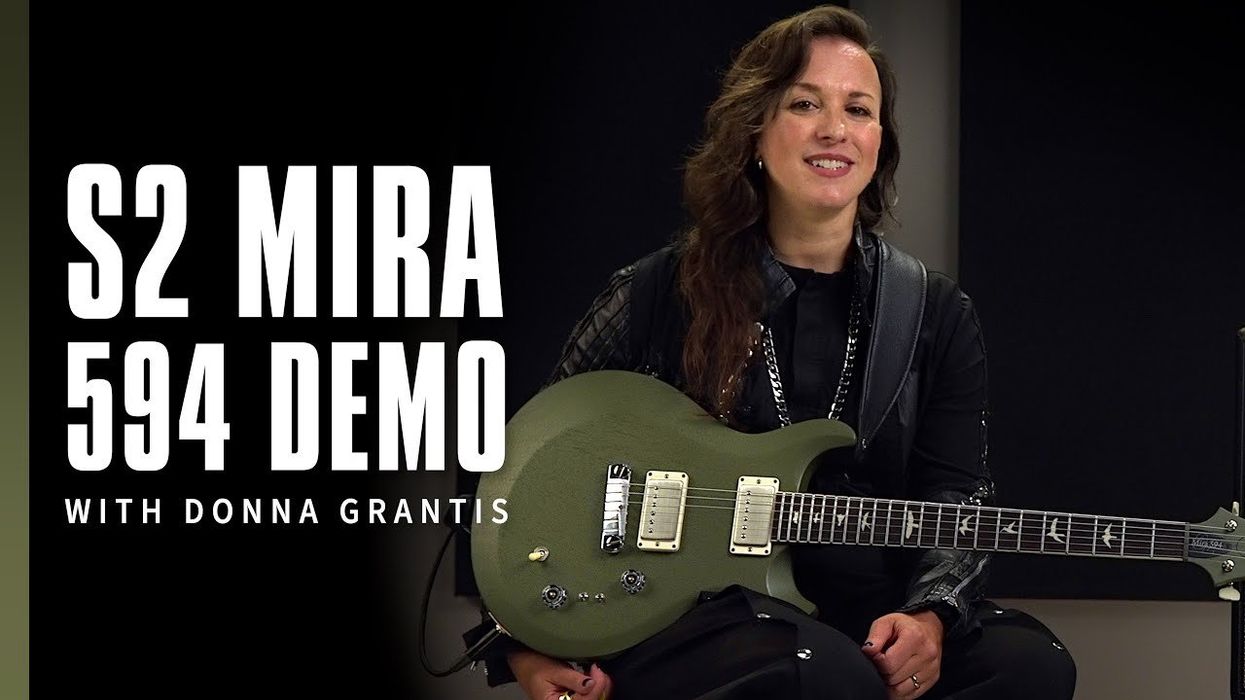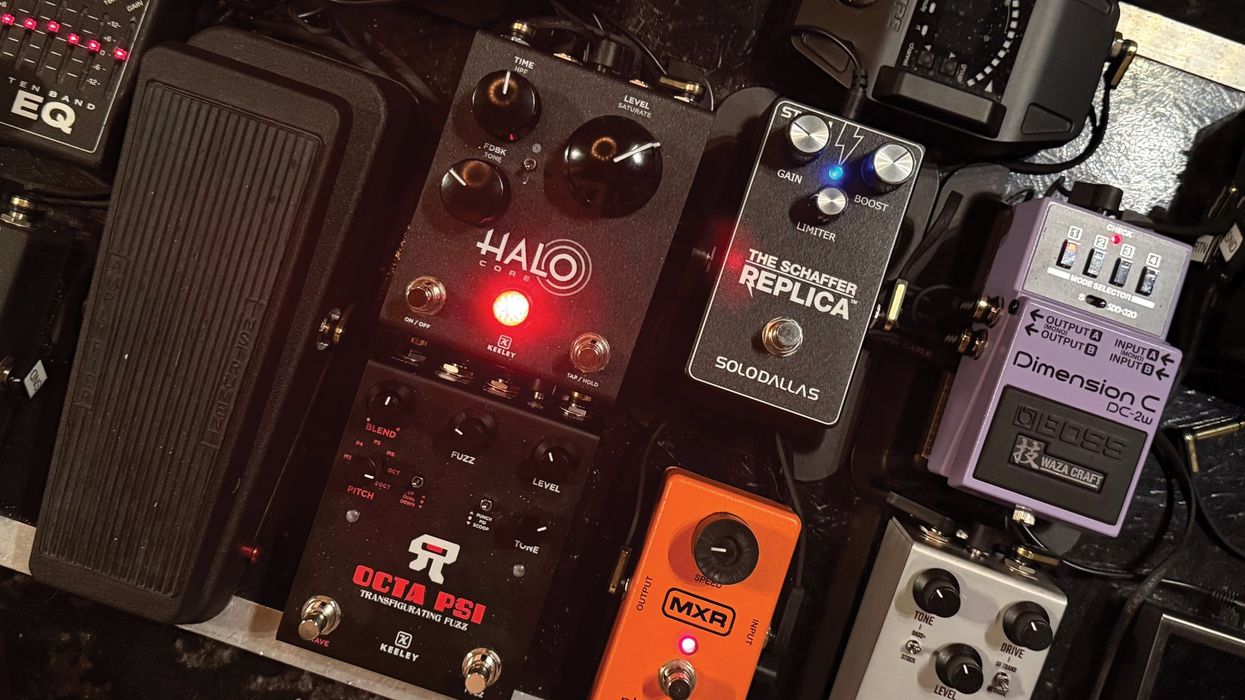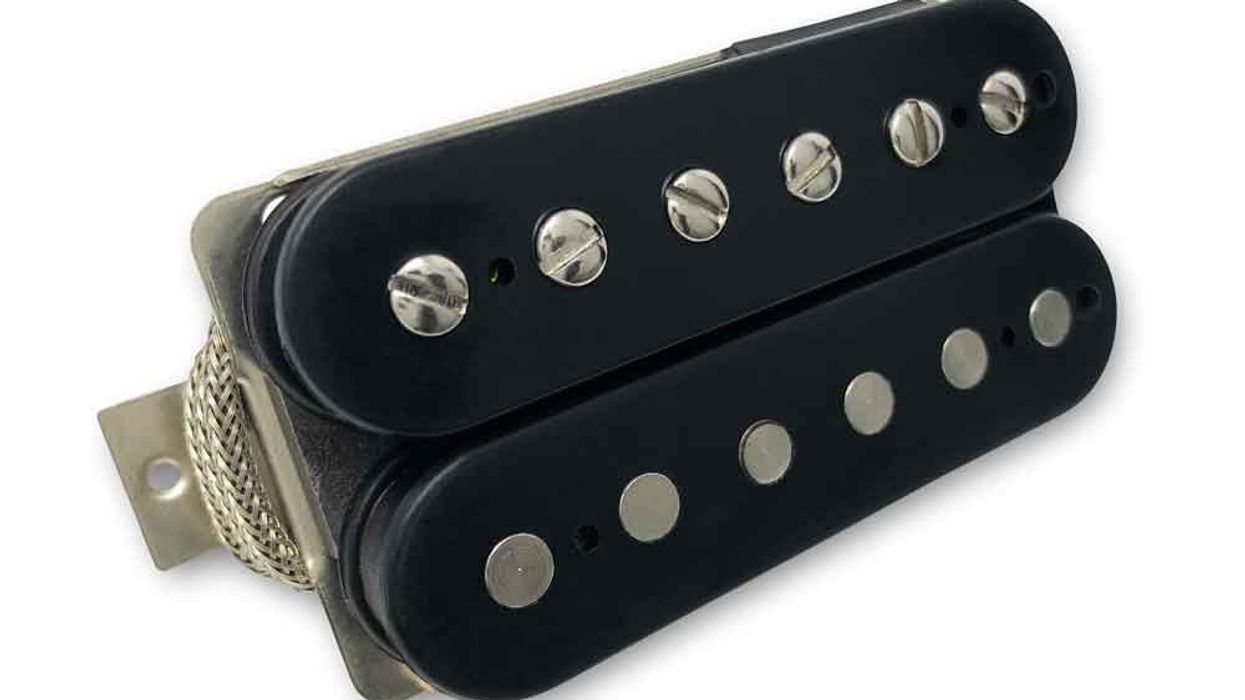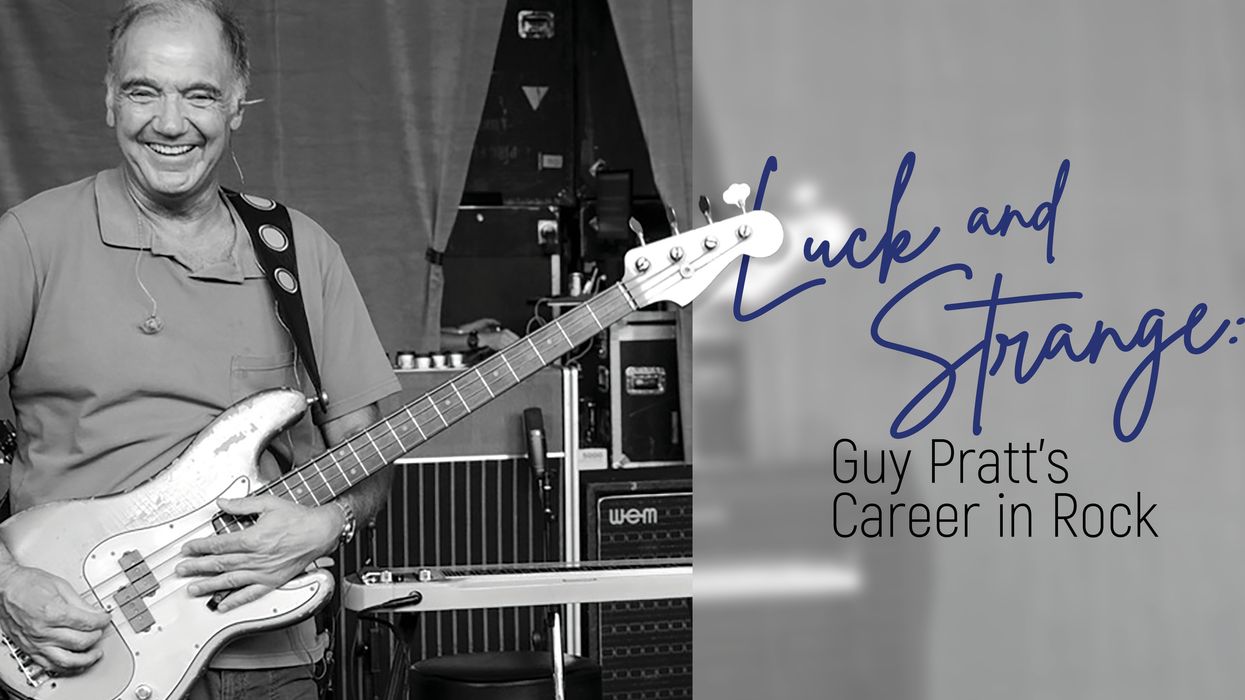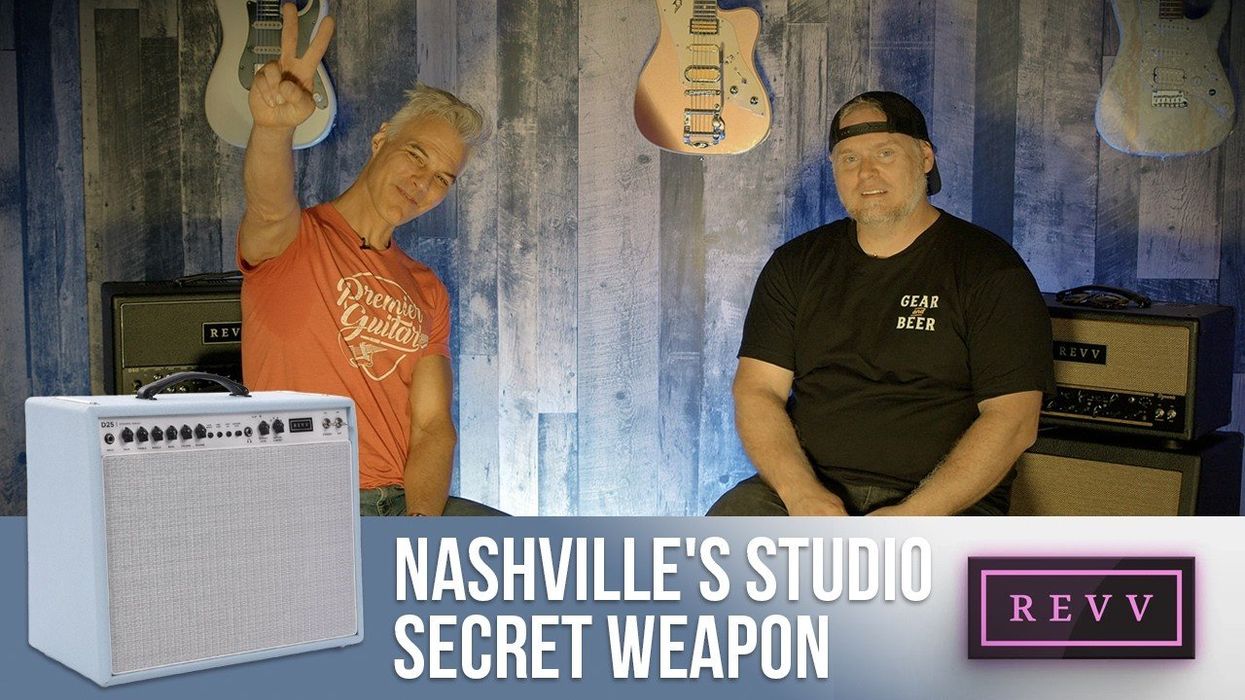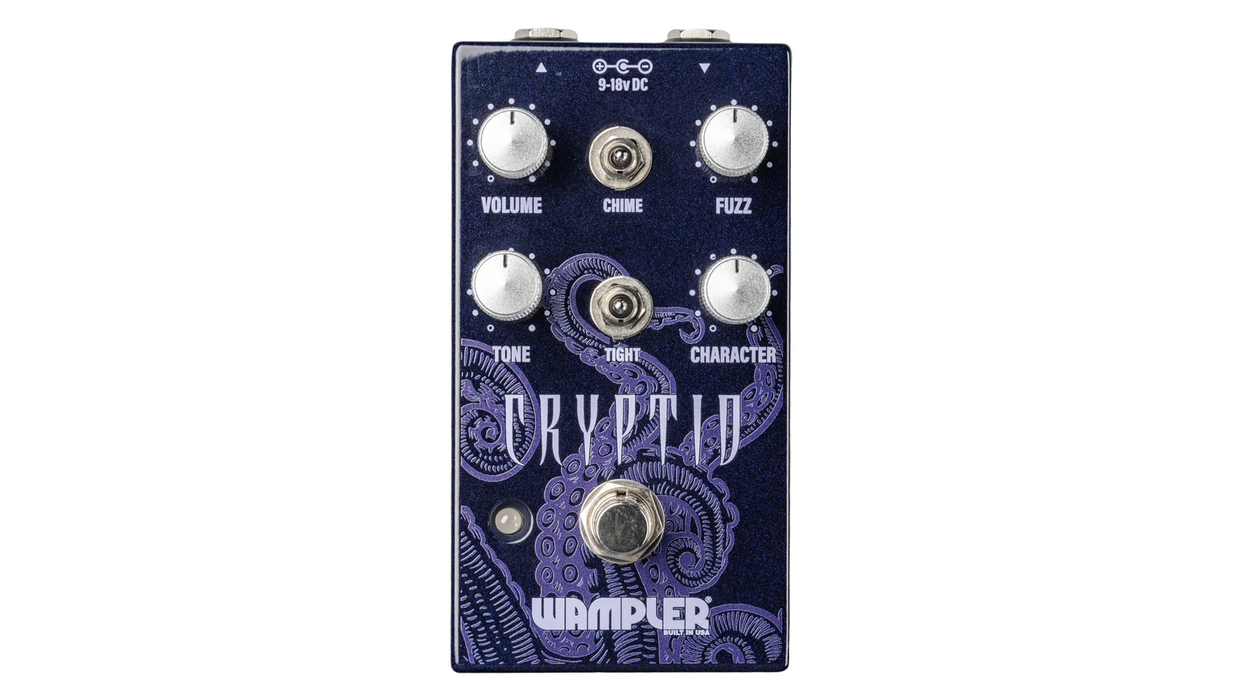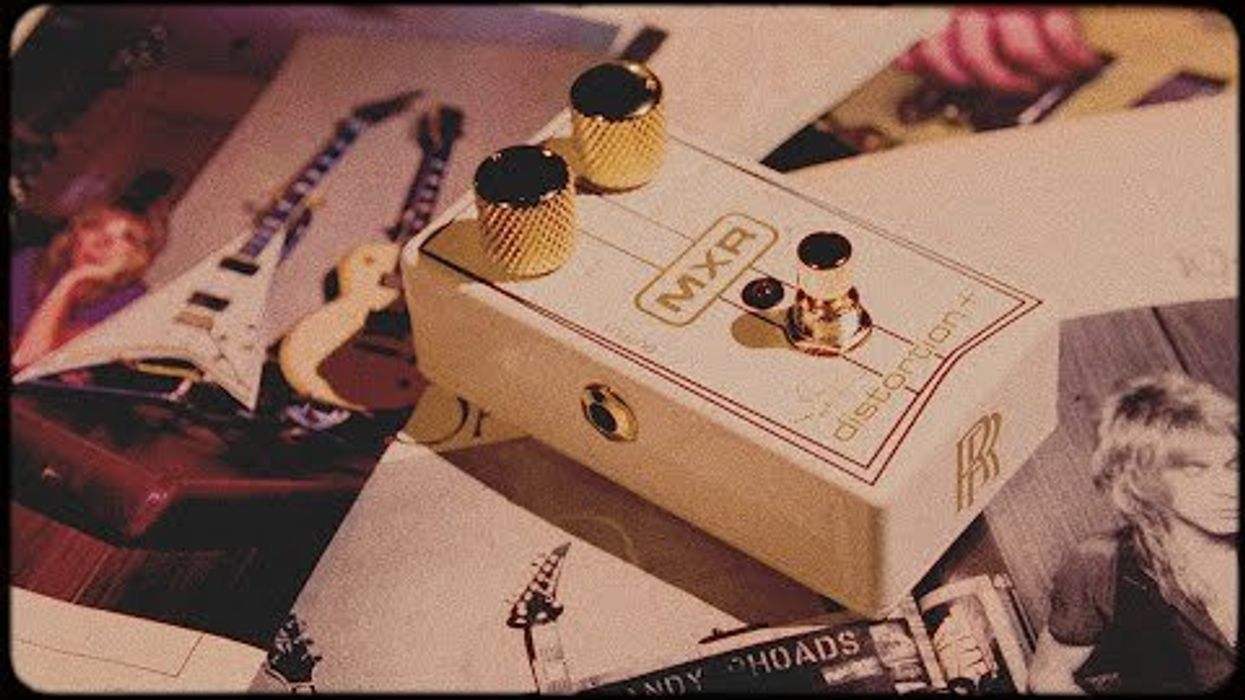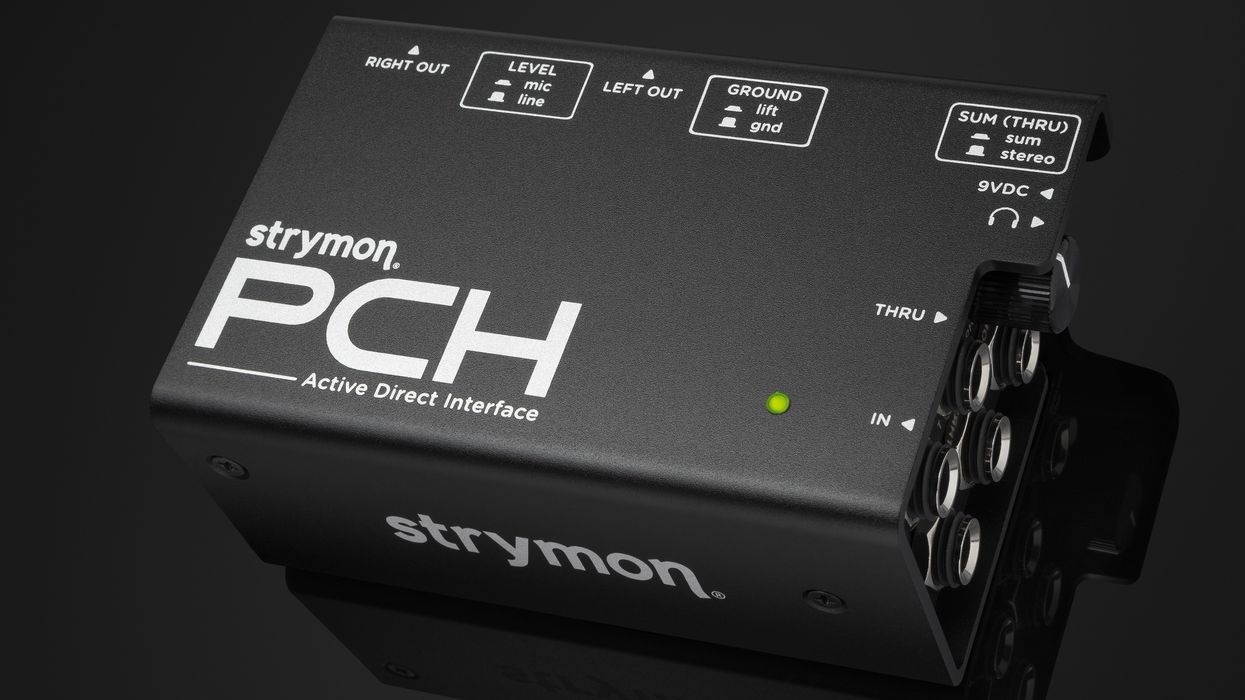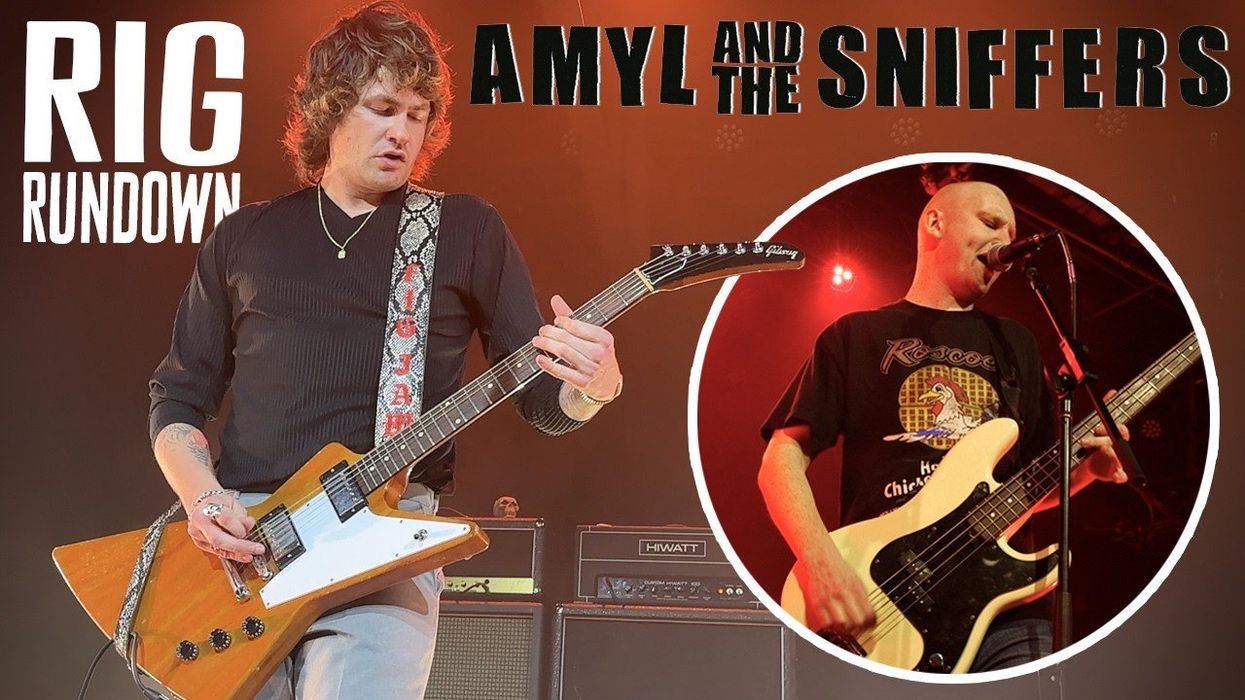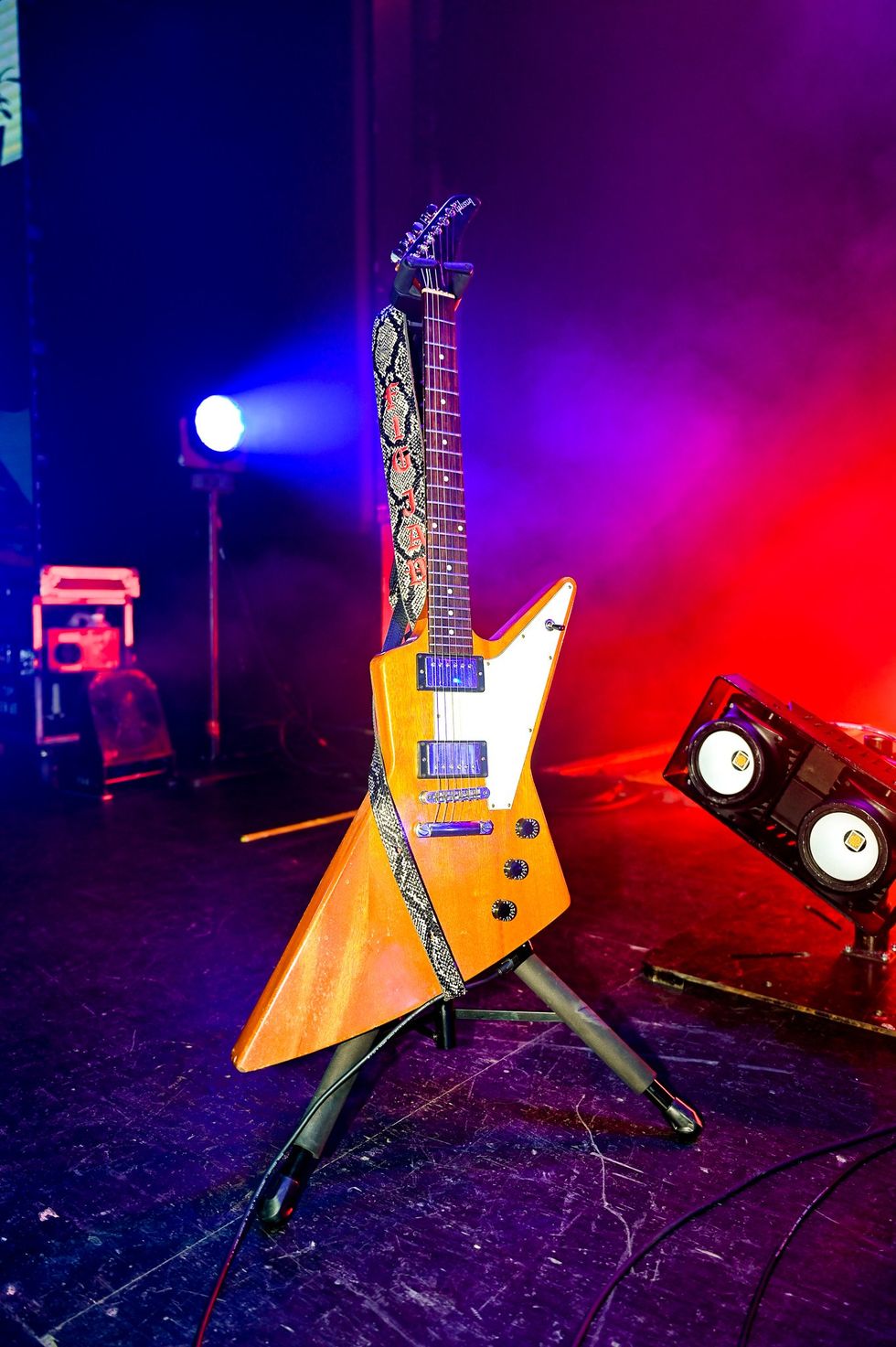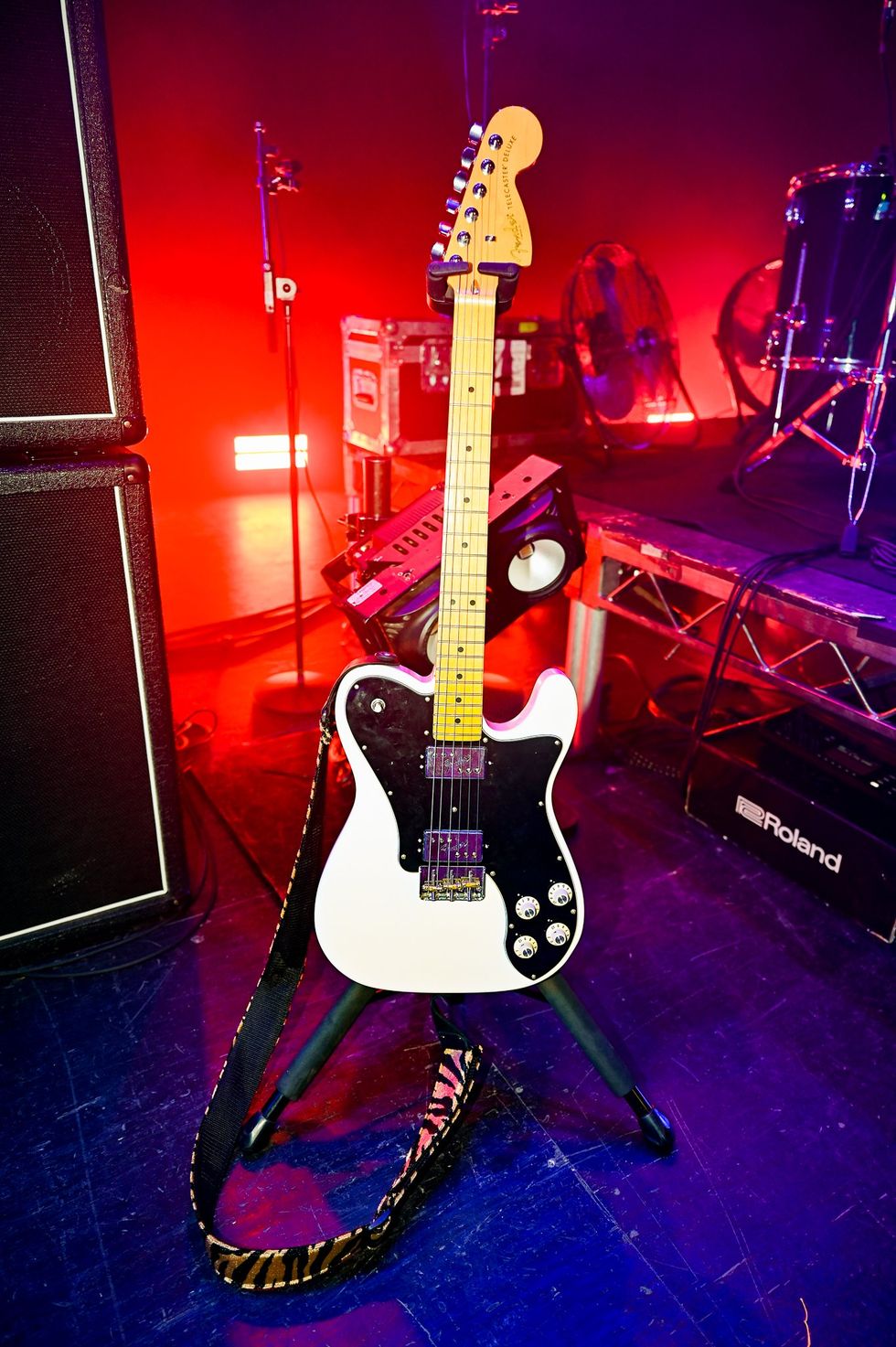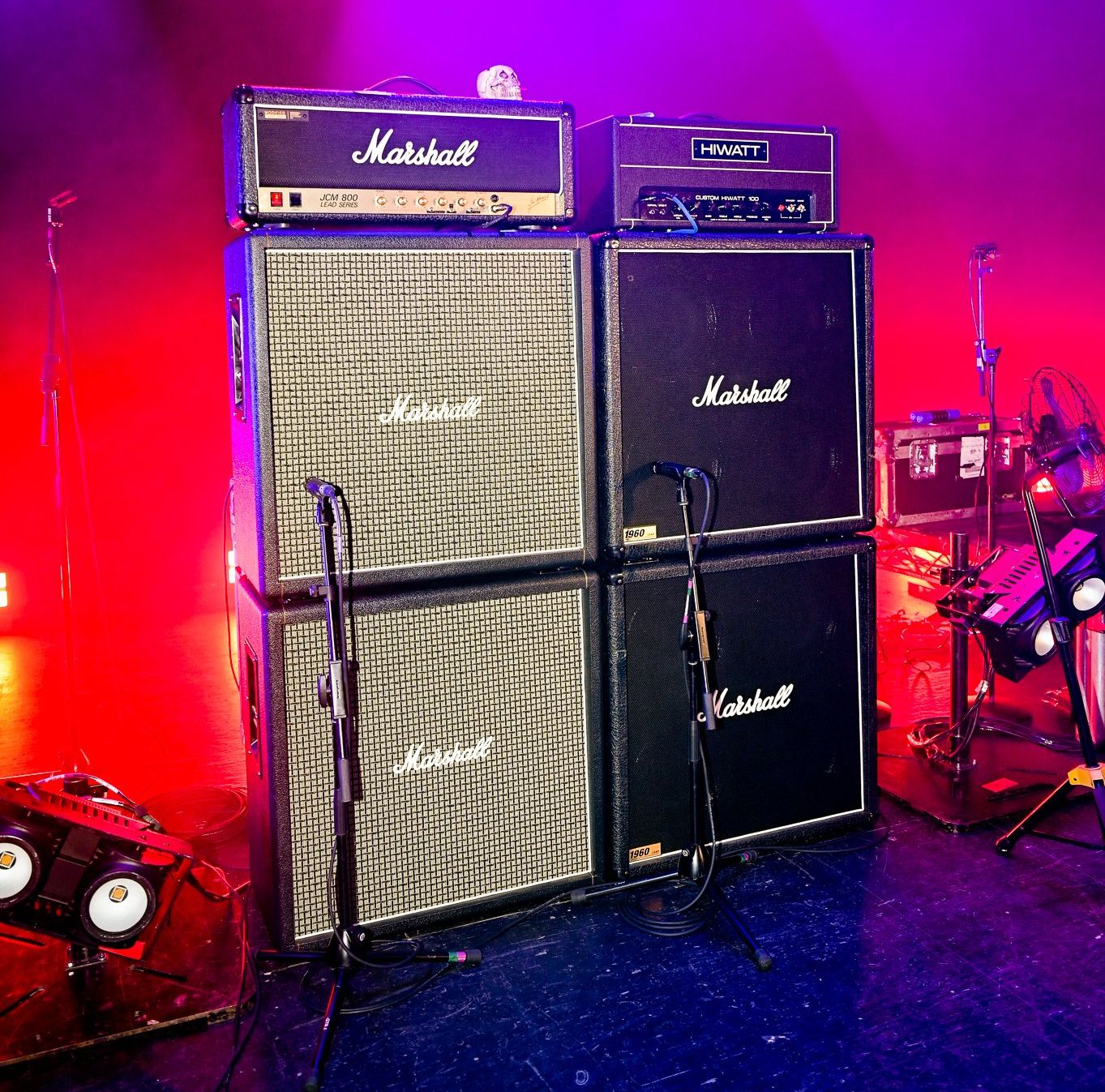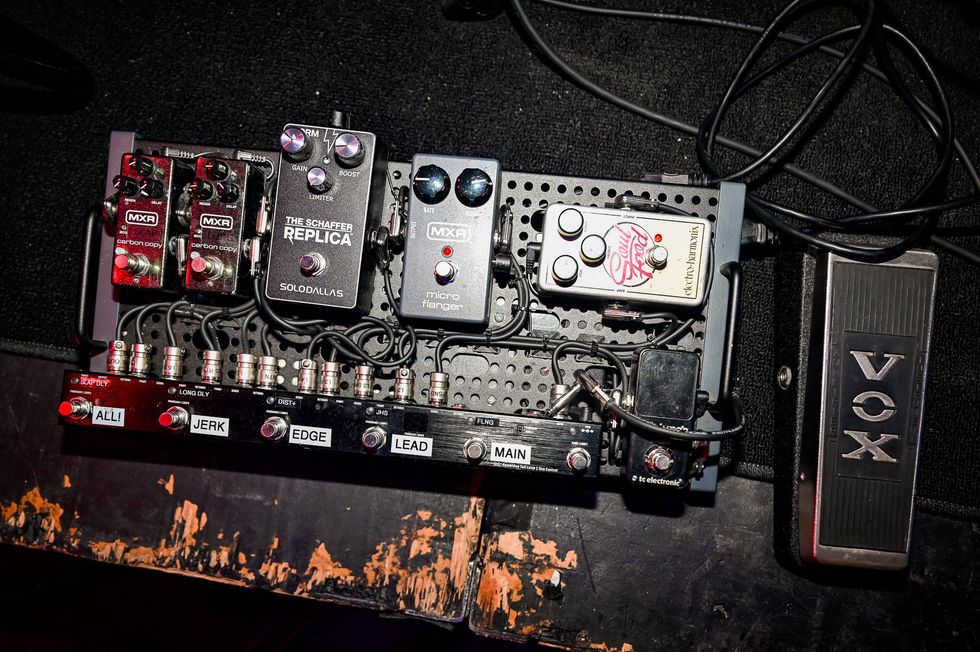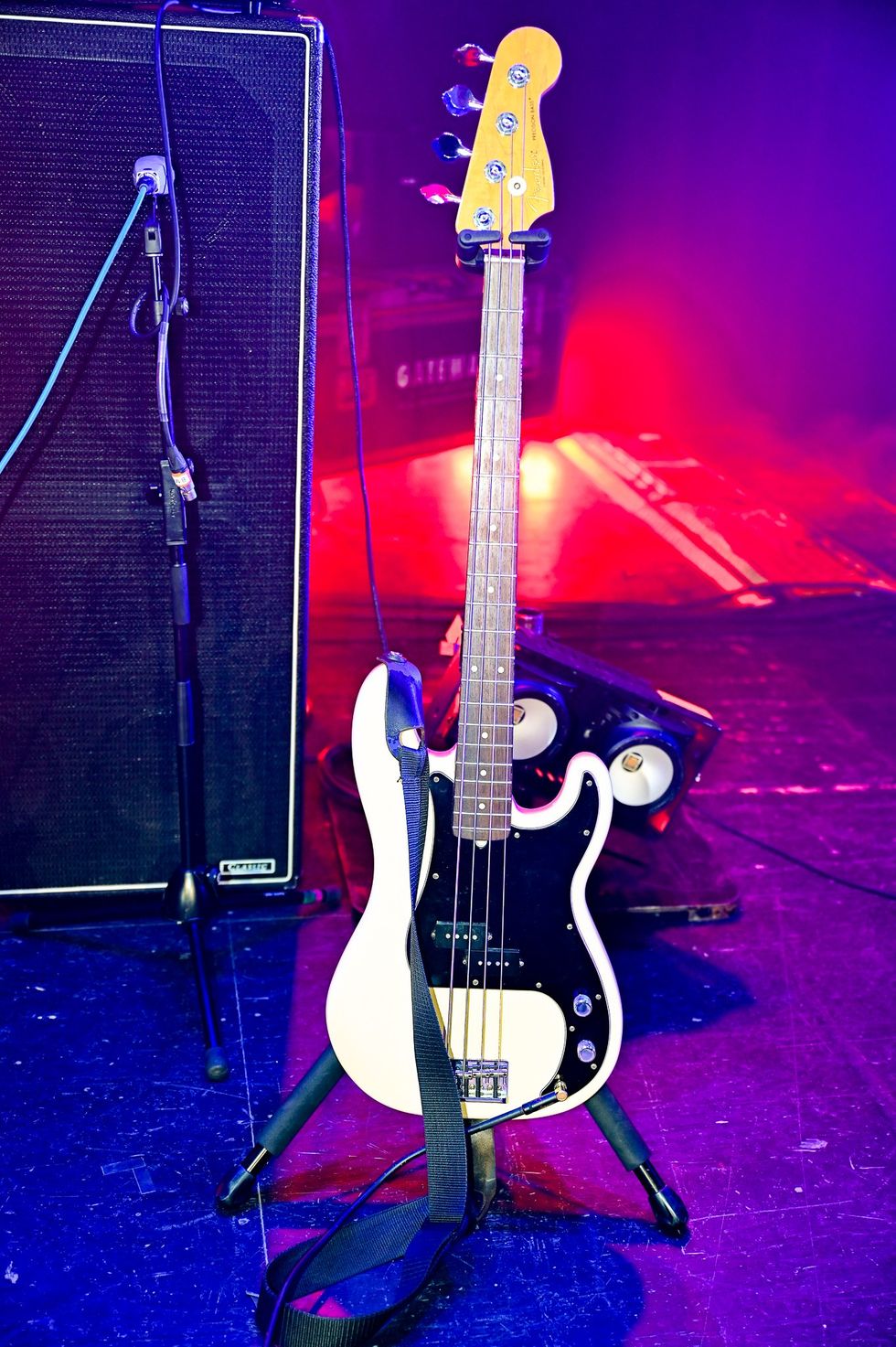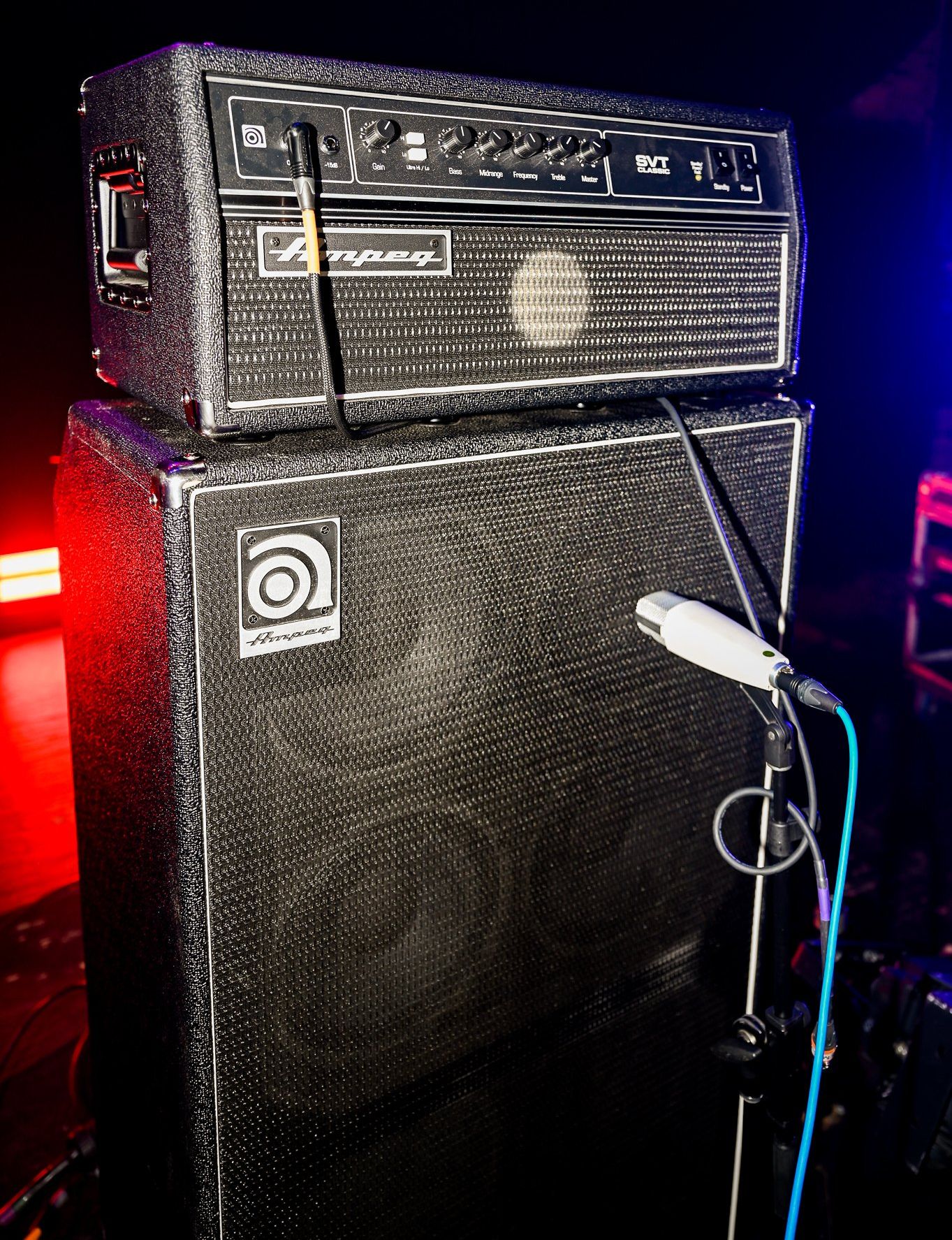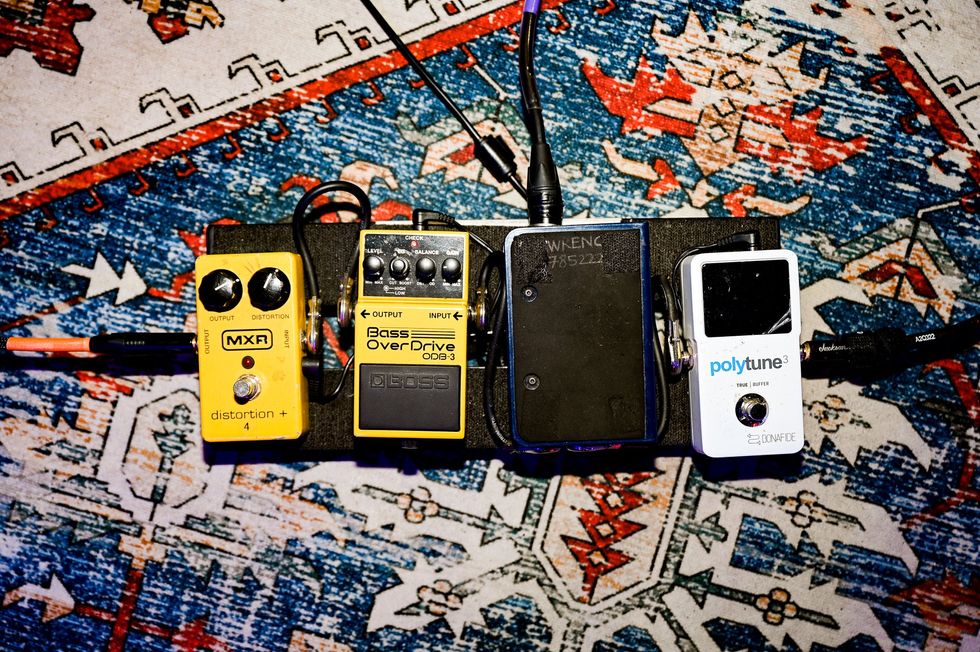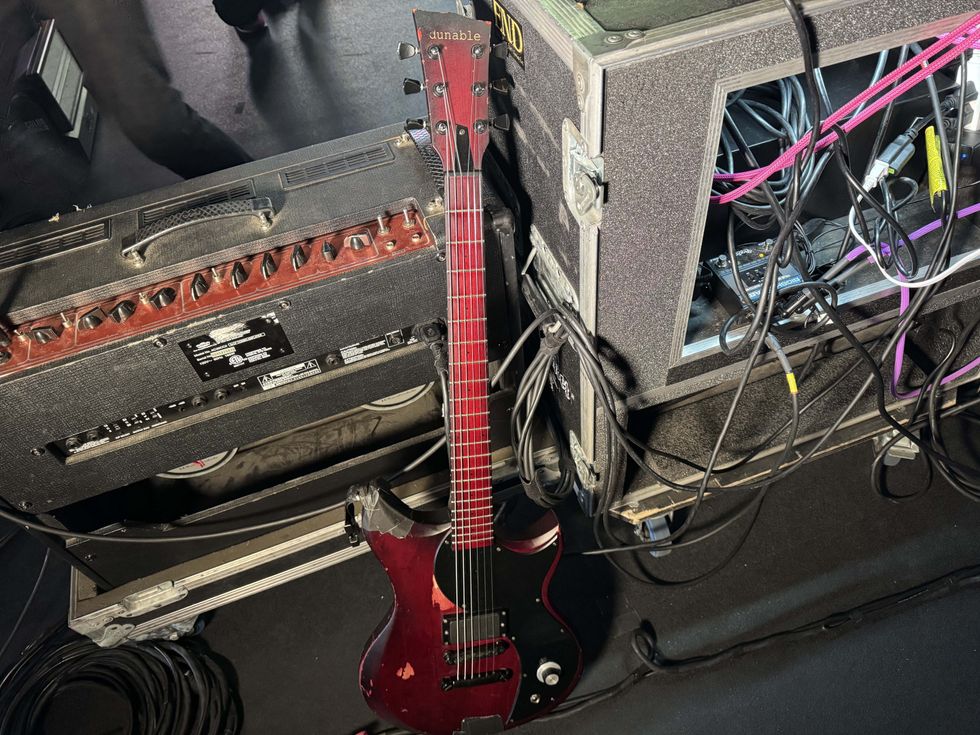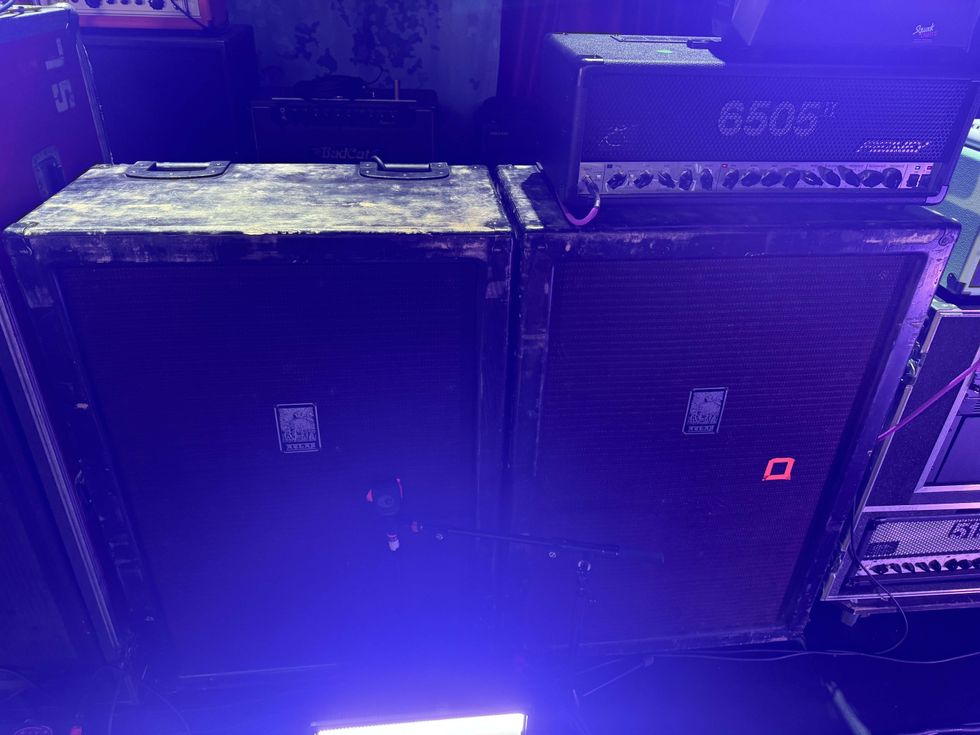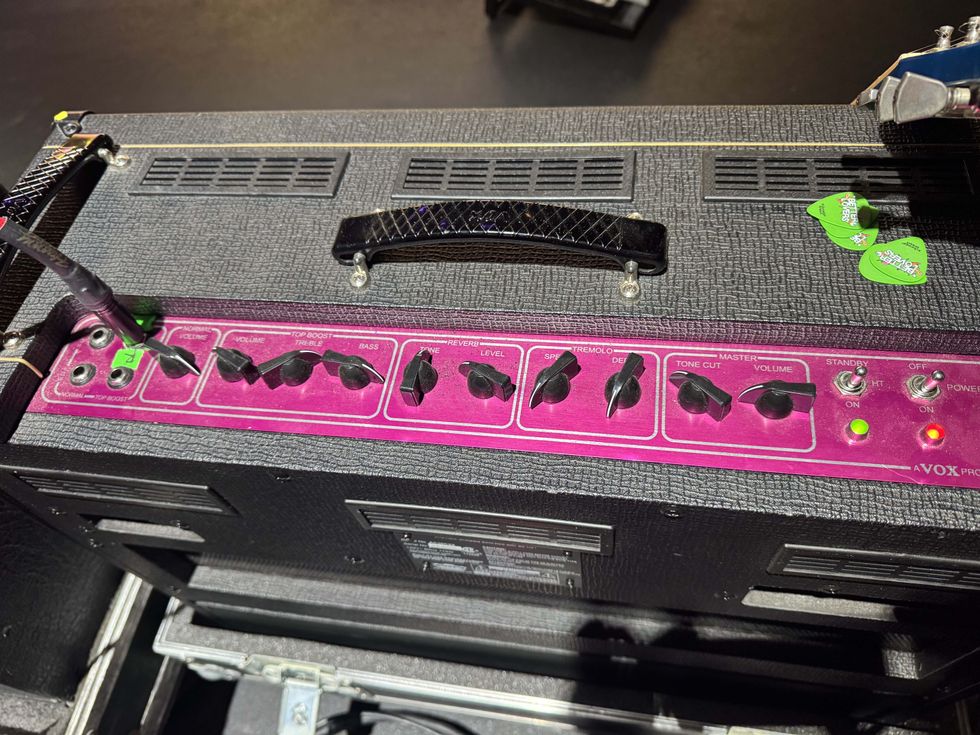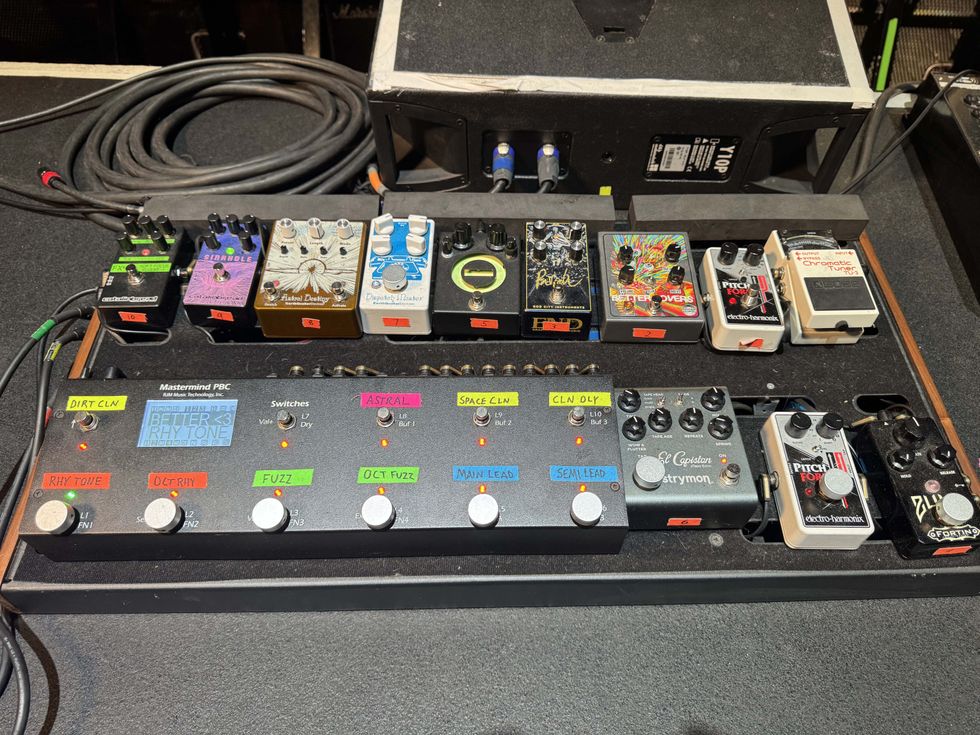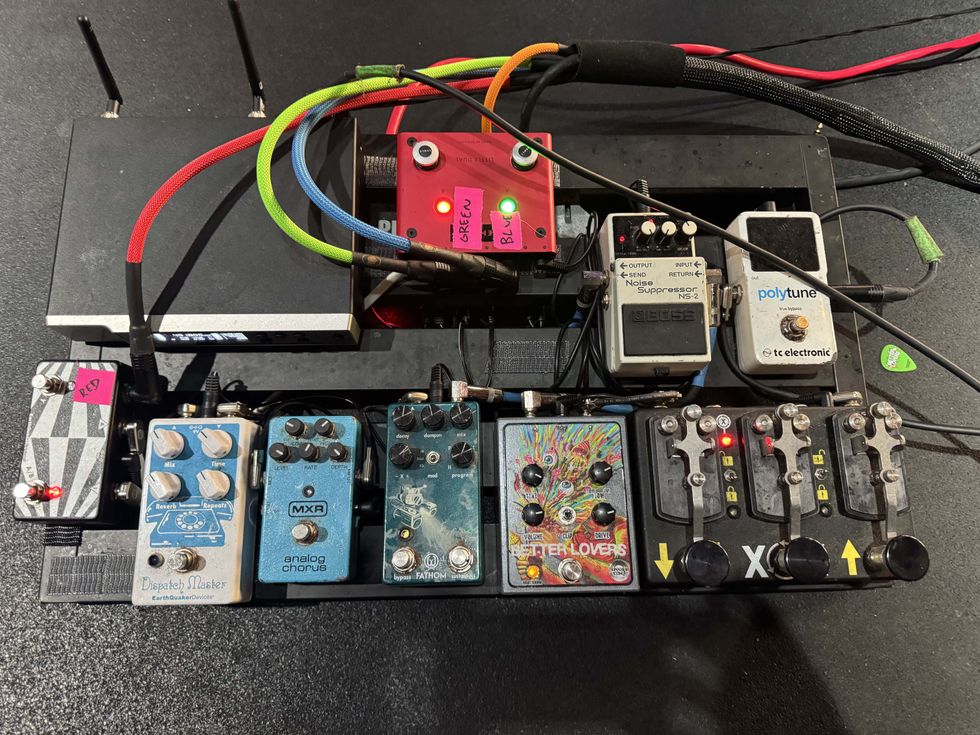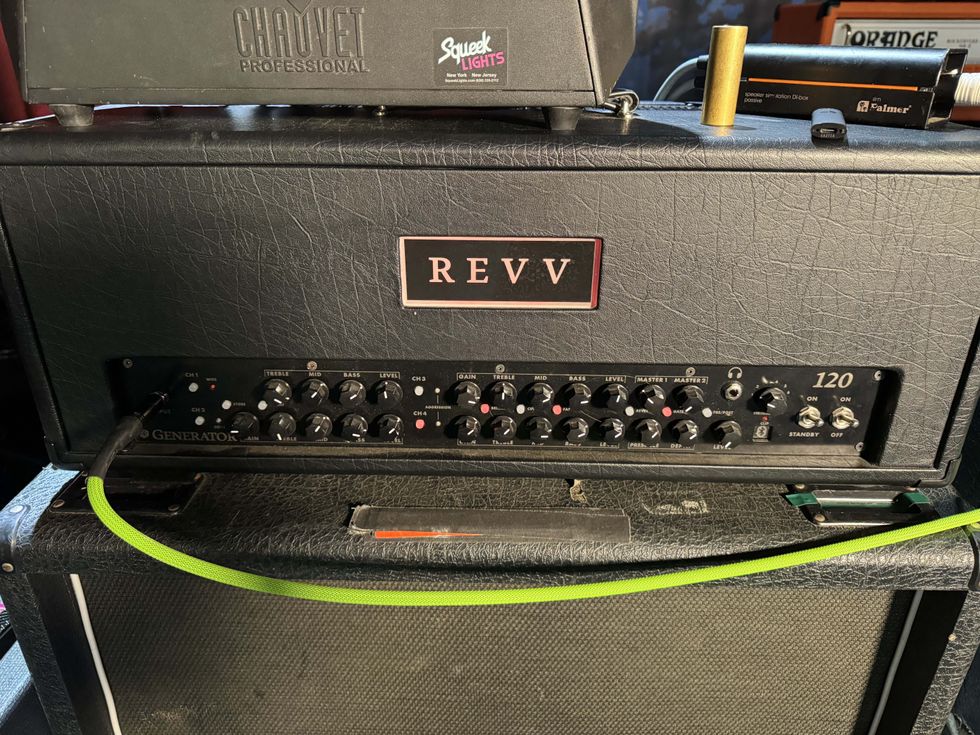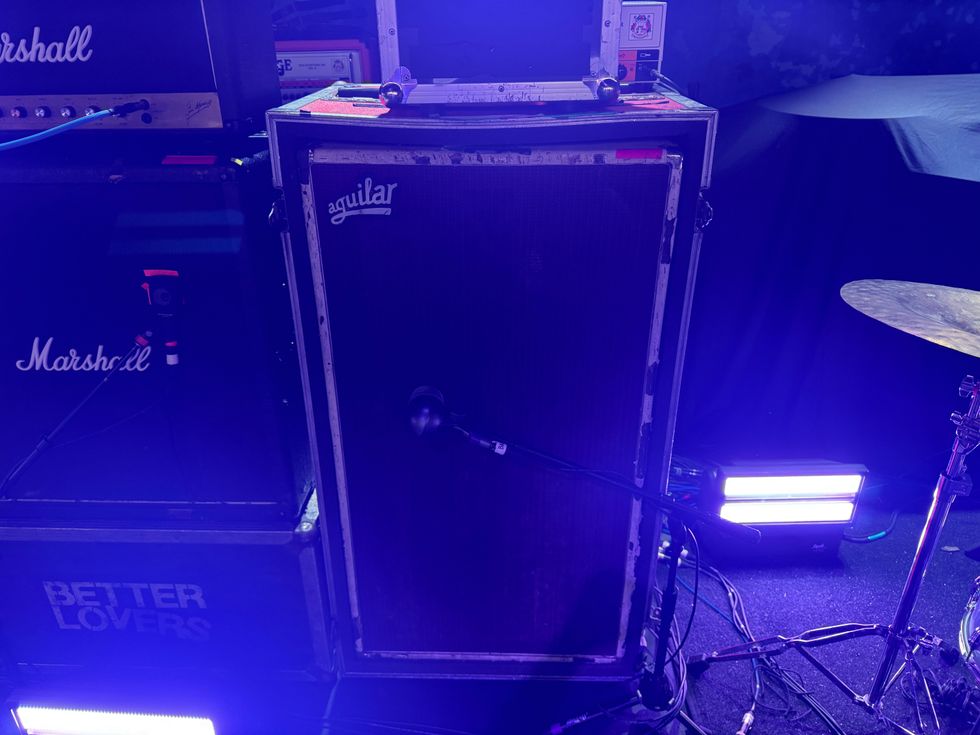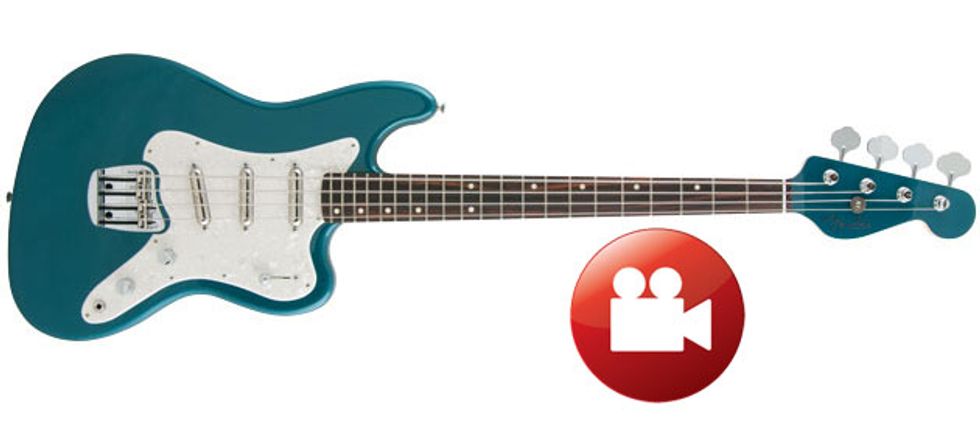
The Rascal bass is a unique entry in Fender’s Classic Player line. It was originally designed by Jason Smith—Fender Custom Shop master builder and son of Fender R&D legend Dan Smith—as a one-off instrument for the 2014 NAMM show. Inspired by Smith’s affinity for the pawnshop beauties he collected in his youth, the Rascal’s looks and hardware are influenced by the Guild Starfire, Danelectro Longhorn, and Fender’s own Bass VI and Coronado models.
The Rascal, however, is not simply a mishmash of randomly pieced-together components pulled from basses of the past. Smith carefully chose each element to serve a purpose when assembled together—namely, to make the short-scale Rascal feel more like a standard bass, and to make it easier to achieve upright-like tones. Smith’s initial creation generated a buzz of curiosity on internet forums, and as a result, Fender decided to introduce an affordable MIM version of the Rascal in their Classic Player line.
A Short-Scale Scamp
The 30"-scale Rascal’s funky curvature and smart-yet-scrappy looks grabbed my full attention the instant I pulled it out of its padded gigbag. The ocean-turquoise finish applied to both its Bass VI-style alder body and Coronado-style headstock adds a whole other element of ’60s sports-car flair to its decidedly retro demeanor. Also contributing to its funkiness is the asymmetrical placement of its dot-position markers—four on the bass side, four on the treble side, and doubled at the 12th fret—that are inlaid into the 21-fret rosewood ’board topping the chunky C-profile neck carved from flat-sawn maple.
The Rascal’s adjustable bridge is inspired by the one used by Guild for their legendary Starfire bass, with the notable difference of incorporating steel saddles instead of rosewood. This helps give the Rascal’s tone the brighter edge and tighter response that’s normally associated with longer-scale basses. Plus, the extended length of the saddle adjustment screws increases the string tension for a less rubbery feel.
and James Jamerson.
Housed within the Rascal’s bright, pearloid pickguard are a trio of Seymour Duncan lipstick Strat pickups, which are controlled by a pair of knobs for volume and tone, and a handy 5-way Strat-style switching system for harnessing a ton of different sounds. Pulling up on the volume knob engages a pair of entirely different pickup-combo options.
Rascal Rabble
The first thing that really jumped out at me after I dug into the unamplified Rascal’s strings was how long the bolt-on neck felt for a short-scale bass. The Rascal is indeed a 30"-scale bass—pretty standard among short-scale axes—but the elongated nature of the Bass VI-style body sets the neck pocket out a little further than I’ve been accustomed to from my experience with Fender’s Mustang and Musicmaster basses. It’s a clever way to address an issue that some players who are used to regular-scale basses have with playing their short-scale cousins, which is that it can be easy to accidentally reach too far down the neck and hit the wrong note.
After a quick tune of the Rascal’s roundwound strings, I plugged the bass into a Verellen Meatsmoke amp pushing an Ampeg 8x10 cab. With the 5-way selector in position 1 to solo the bridge pickup, the tone was bright, snappy, and percussive, and carried a hollow-sounding midrange that classic lipstick pickups are known for having. It was a breeze to achieve the sharp sounds needed for spaghetti-Western-style romps by using a pick and rolling the tone knob all the way up. And backing off the tone control allowed the lows to bloom when I switched gears to a gentle fingerstyle attack.
As I flipped through the Rascal’s six other pickup configurations, I was impressed with how much versatility they offered. Position 2 (bridge and middle pickups engaged) gave me a meatier midrange while retaining all the attack that I had with the bridge pickup soloed, which made it effortless to switch from classic ’50s country tones to more rock ’n’ roll sounds.
Ratings
Pros:
Brings a standard-scale-like feel to a short-scale bass. Killer looks and wide range of tones.
Cons:
Modern-style players might find the pickups lack oomph.
Tones:
Playability:
Build/Design:
Value:
Street:
$799.99
Fender Rascal
fender.com
Venturing into the 4th position’s middle and neck combo yielded a darker and sweeter-sounding range of tones that begged for soulful and thumpy bass lines in the styles of Ronald Hudson and James Jamerson. A lovely wash of smooth mids and stalwart lows emanated from my rig and gave me an excellent platform to cop upright-inspired bass tones when I rolled back the tone control with just the neck pickup engaged (position 5). The response to my picking attack from both the neck and middle pickups—either soloed or combined—was excellent.
With the pickup switch remaining in position 5 and pulling up the volume pot, the bridge and neck pickups work in tandem to create a singular tone with plenty of top-end raspiness and low-end boom. I liked how this setting filled out the sonic spectrum and helped compensate for the bridge pickup’s lack of low end. Moving the selector switch back to its 4th position (with the volume pot still popped up) activates all three pickups, and this yields a full and robust bass tone with lots of midrange growl and definition.
If you’re wondering how the Rascal’s overall response compares to time-honored lipstick-equipped basses, I can say that it really likes to reward harder picking styles with edgier tones. The Verellen rig I used tends to break up slightly when I play hard with most basses, but I had to really dig into the Rascal’s strings to get the volume and edgy grit I would normally achieve with, say, a P or J.
I was pleased that the Rascal didn’t exhibit too much in the way of modern responsiveness. It forced me to play with the same attitude I wanted the tone to have, which is a quality that can be hard to find in some new basses.
The Verdict
The Fender Rascal isn’t for everybody. Its roots are firmly planted in old-school low-end thump, which doesn’t have the contemporary refinement of modern-day basses such as the StingRay, or even Fender’s American Standard series. What it does have is a unique sound and a feel that’s very different from pretty much any other short-scale bass you’re bound to come across, and its versatility and fun factor are off the charts. Slap enthusiasts and hard rockers likely won’t see the Rascal as a first-choice option, but indie, punk, and country players looking to add unique spice to their sound might find the Fender Rascal to be just the right ingredient.
Watch the Review Demo:

